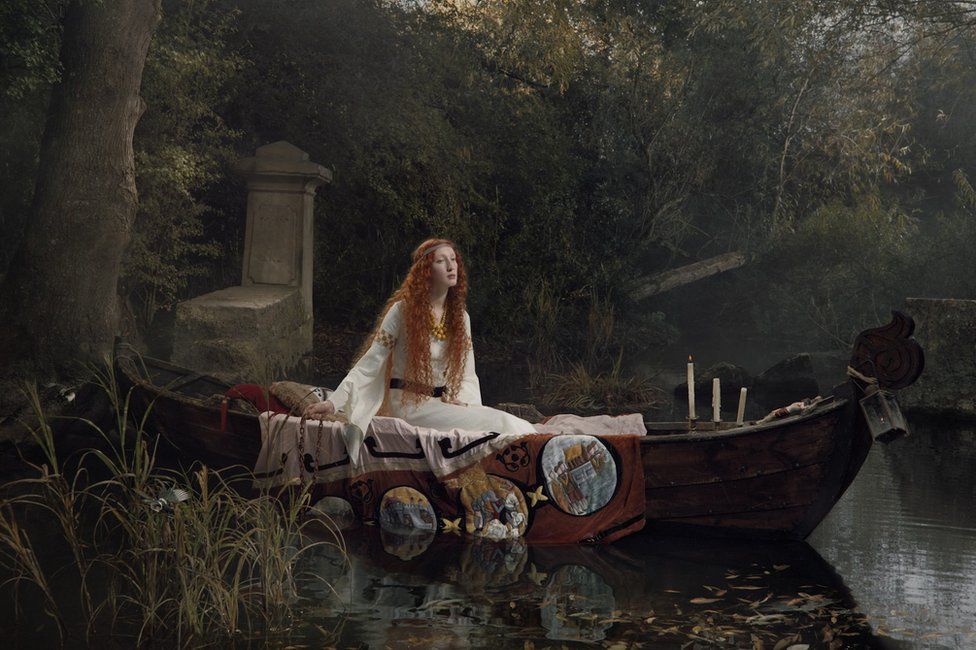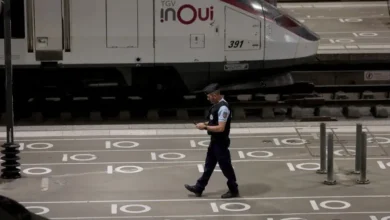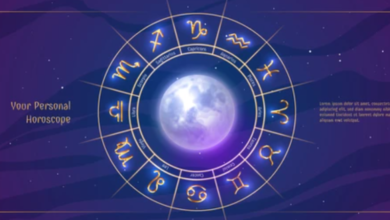London photographer wins award for Thames images
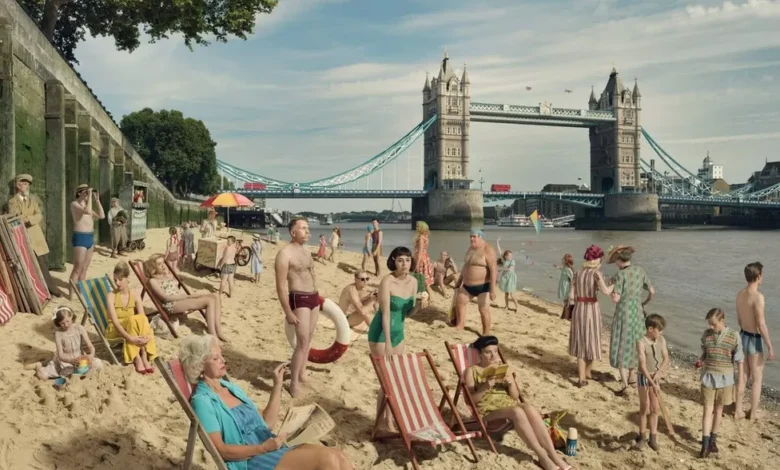
A photographer has won an award for her recreations of historical and cultural moments on the River Thames.
Julia Fullerton-Batten won a gold prize in the Association of Photographers (AOP) Photography Awards project category for her series Old Father Thames – which reimagines scenes from the river’s storied past.
The Londoner’s images include recreations of Millais’ Ophelia and Waterhouse’s The Lady of Shalott, as well as the 1928 flooding of the Tate Museum and the stranding of a whale in 2006.
Fullerton-Batten said that while setting up her photographs of the 1814 Frost Fair there were up to 100 people at any one time on set, and she had to stand in waist-deep water balancing her camera, laptop and lighting equipment.
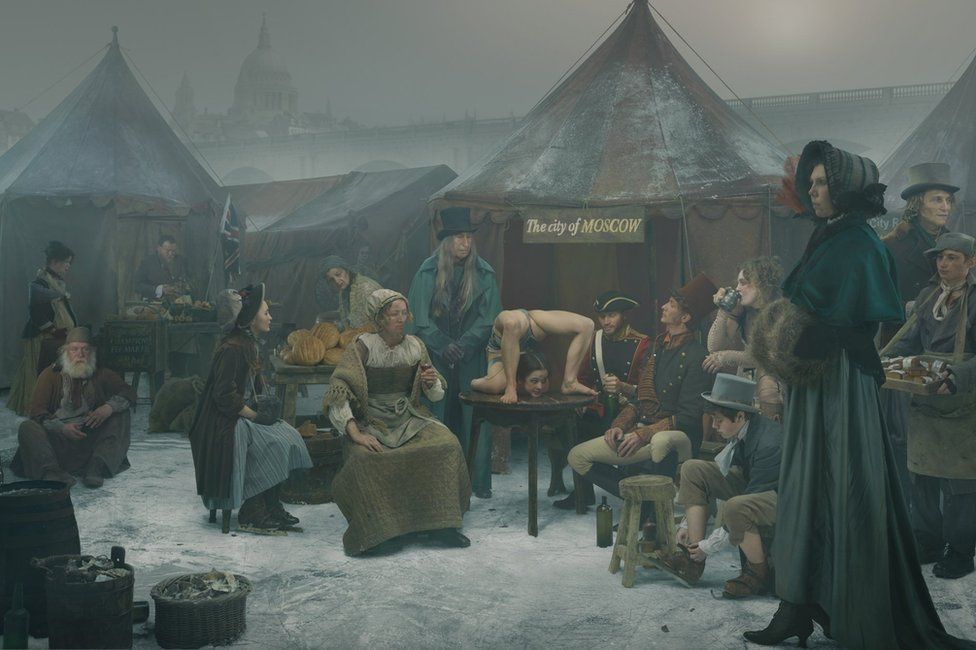
Her images depict notable events in the capital, such as 1928 Flooding of the Tate Gallery which marks the time when “unfavourable elements coincided and the river rose rapidly to its highest level ever measured, causing the embankments to be breached”.
As well as causing damage to the then-Tate Gallery, the flooding left 14 people dead and thousands homeless.

In 2006, a juvenile northern bottlenose whale was found swimming in the Thames – the first whale sighting in the river since records began in 1913.
Sadly, the whale died the next day after suffering a seizure while being rescued. Fullerton-Batten’s image imagines the aftermath.
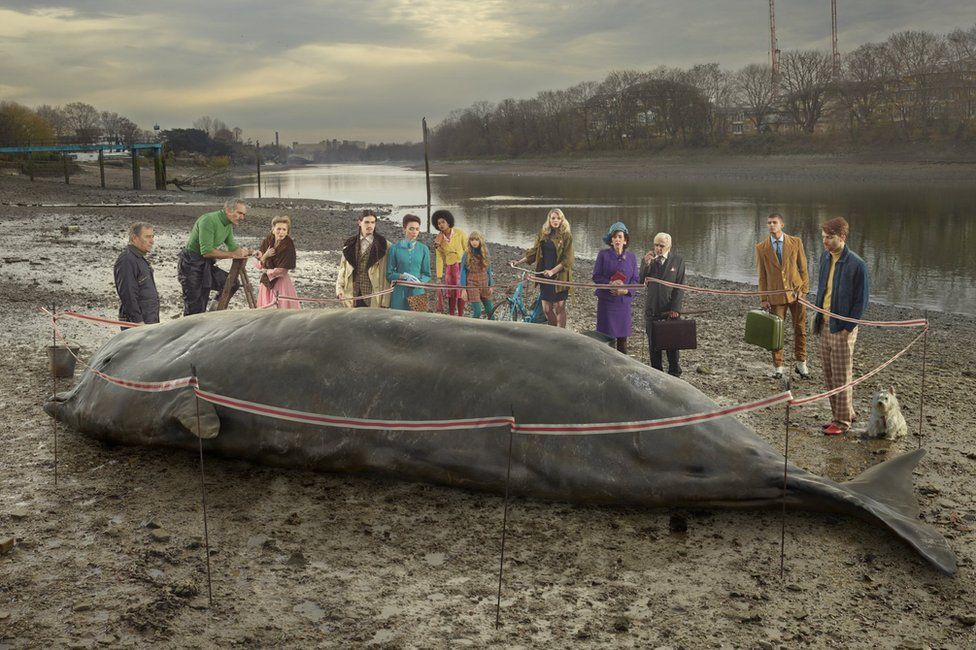
As part of her winning project, Fullerton-Batten also visited Hogsmill River, a tributary of the Thames, for her Ophelia recreation.
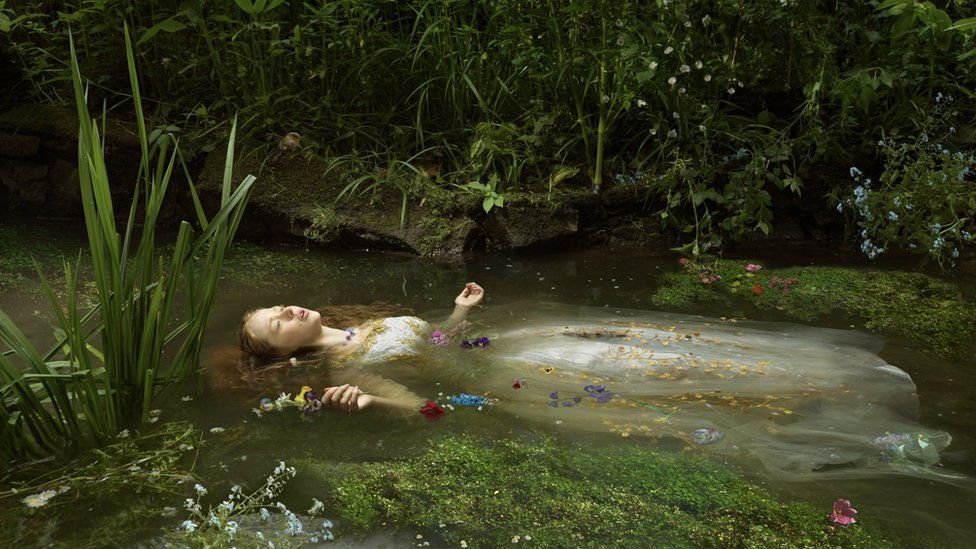
Speaking about her win, she said the river’s “significance to British and world history is immense”.
“London is one of the major cities of the world today, but it would not have existed if it were not for the River Thames passing through it,” she explained.

Fullerton-Batten continued: “Still today, the Thames acts as an artery of communication and trade route between Britain and the rest of the world. My own fascination with the Thames has now taken a more concrete form.”

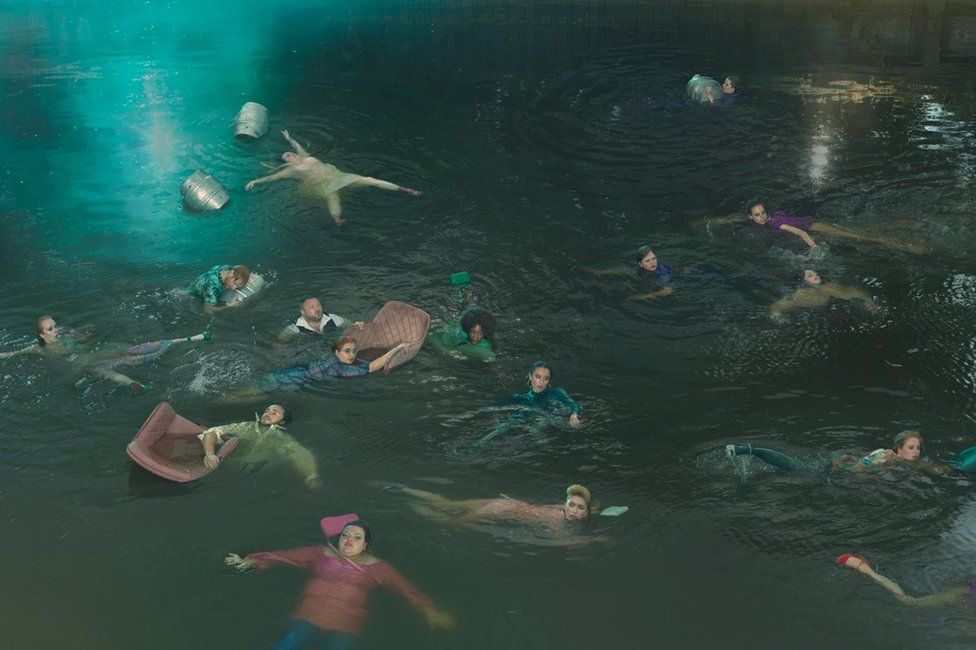
One of the competition’s judges, Eliza Williams, said there had been many entries in the “project” category, and “the quality of work was extremely strong with a wide variety of subjects; everything from sort of documentary to work that verged into art and conceptual work”.
“It made the judging harder, but it’s always good to have to judge between really strong work.”
